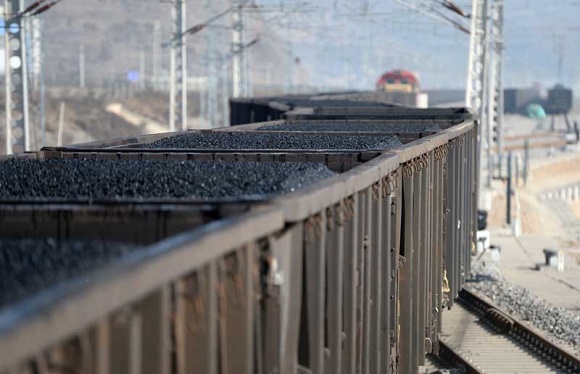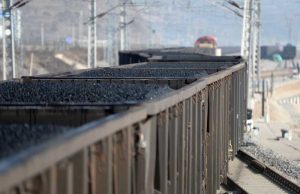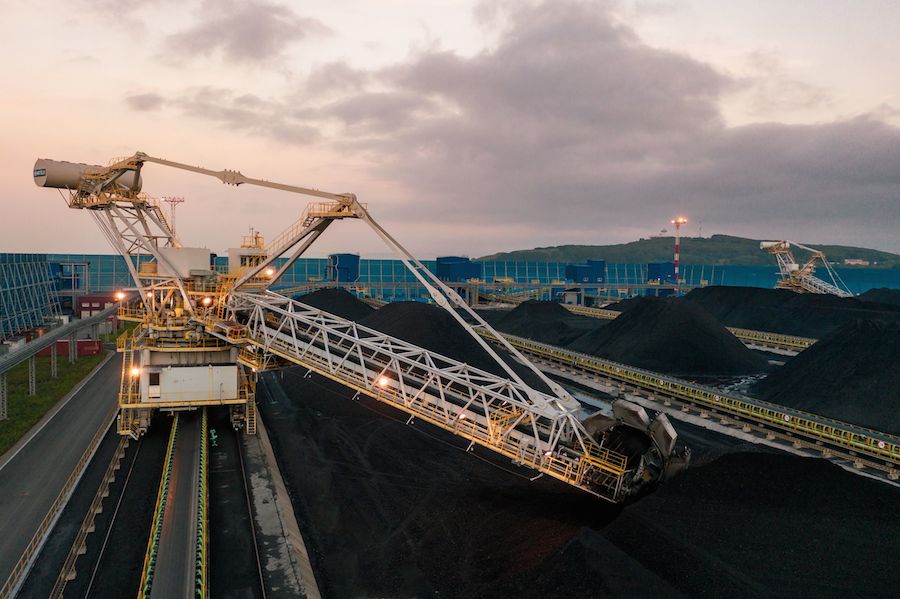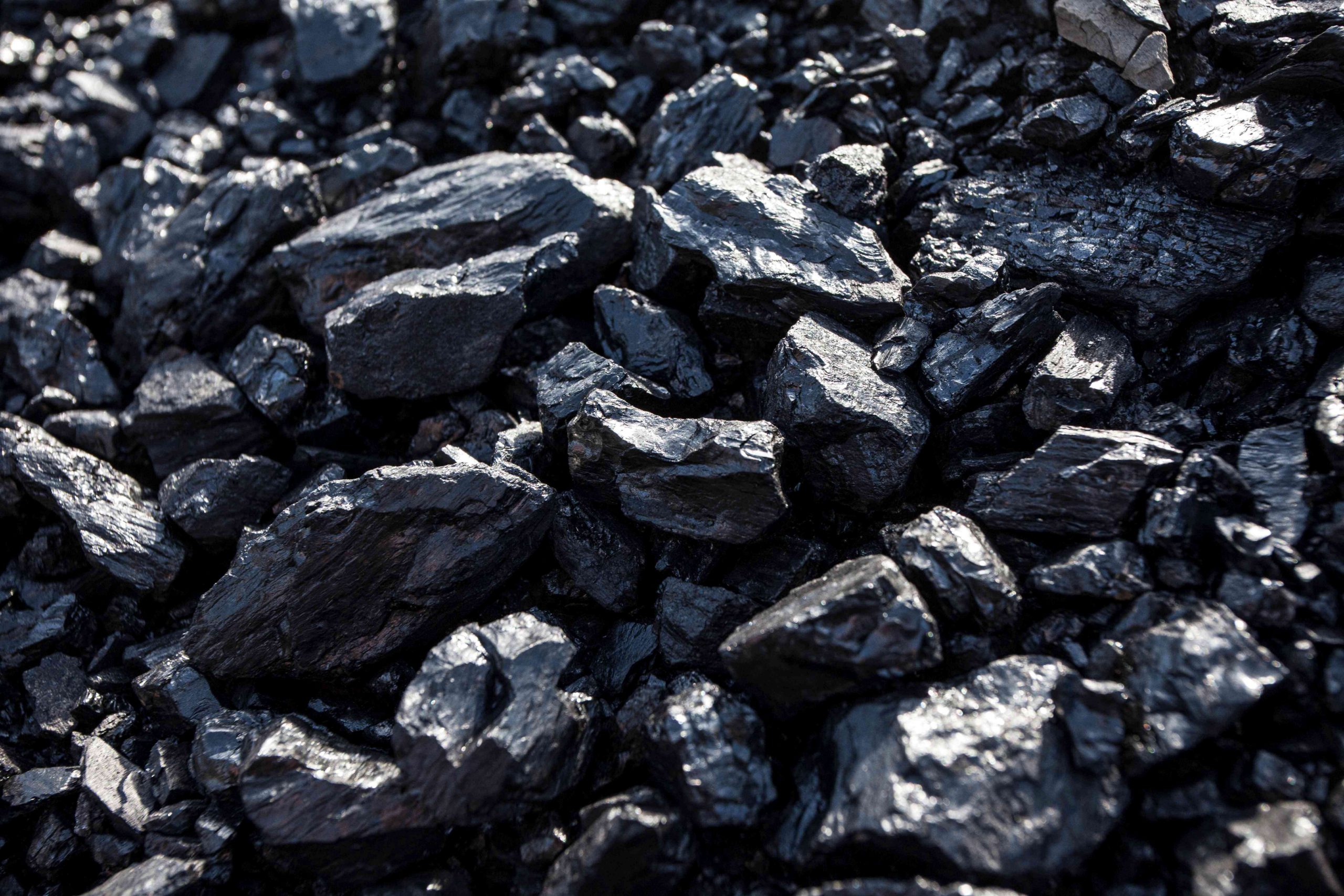

Recently in China, power rationing has been extended to more provinces and to residential neighbourhoods with a few hours of blackouts instead of just about power-intensive industrial enterprises including ferroalloy and nonferrous smelters and steelworks, and the wider-range imposition is simply because of the worsening power supply shortage in various regions, Mysteel Global noted from the market sources in related sectors.
It has been over a decade since China faced such a large-scale power supply stretch last time, and among the causes are the higher-than-usual demand for power especially from many power-intensive industrial plants and at the same time domestic power houses’ dilemma with greater losses at more power generation amid too high-priced thermal coal supply, Mysteel Global noted from the market sources in related sectors.
Power supply in China at present
Over January-August, China’s industrial sector consumed 3.65 trillion kWh of power, up 13.1% on year or accounting for 66.8% of the country’s total, and the household power consumption grew 7.5% on year to 798.2 billion kWh, as reported.
Power consumption in the industrial sector tends to grow in the years with economic stimulus measures from the government to counter the adverse impact of natural disasters, financial crises or extreme common health issues like the COVID-19, as a large amount of funding flows into infrastructure construction, leading to higher demand for industrial goods such as heavy machinery, Mysteel Global understands.
More details can be found in our previous report:
(https://www.mysteel.net/article/5025751/NBS–Chinas-major-energy-output-keeps-growing-in-August.html)
Despite the efforts to develop clean energy, coal-fired power houses remain China’s dominant electricity supplier over the first eight months of 2021, as over January-August, China’s thermal power generation grew 12.6% on year to 3.87 trillion kWh or accounting for 71.9% of total power generation, among which most was contributed by coal-fired power houses, while that for hydro power slid 1% on year to 761.7 billion kWh.
Since the fourth week of September, many cities in Northeast China have released notifications on power rationing for both industrial and civil uses, and some areas in Shenyang in Liaoning, for example, have even experienced power supply cuts without any prior notices, according to market sources.
Behind the power supply tightness is not about the power generation capacity but more due to the fact that many power plants have been operating with heavy pressure of insufficient thermal coal supply and surging coal prices, and the weakened contribution from power generators fuelled by new energy, according to sources.
“The more power they (coal-fired power houses) generate, the greater losses they are facing, so little wonder that power supply will decline, and by only rationing supply to power-intensive industrial enterprises can’t solve the problem anymore,” a Beijing-based industrial source noted.
Beijing’s coordination between coal miners and power houses and central heating service providers will be a solution for the winter months, but this will not erase the struggle of the power houses at present overnight, he added.
An industrial source from Northeast China agreed. “China’s coal prices have been surging while power charge has been controlled by the government, and some power plants in Northeast China have been exposed to the risk of insolvency with the long-time losses,” he said.
Over September 11-20, the 5,500 kcal/kg Shanxi blend thermal coal price increased by 18.1% from September 1-10 to Yuan 1,116/tonne ($172.8/t), according to data from National Bureau of Statistics.

Coal transportation via railway, source: Xinhua
More provinces feeling the power supply bottleneck
As of now, many provinces in China including Liaoning, Jilin, Ningxia, Shandong, Guangdong, Anhui, Fujian and Yunnan have released various measures to curtail local power utilization mainly because of high thermal coal prices and control over power consumption and power intensity, Mysteel Global noted.
Power supply from the national grid network under the State Grid in Northeast China has persisted tight, a local power supply bureau stated in a notice, citing thermal coal supply bottleneck, the halts of some thermal power generators, limited availability of clean energies and higher consumption as the core factors.
The authorities in Northeast China have had to reduce power supply to the households as power rationing on industrial enterprises will not be sufficient to ease the power supply shortage, an official from the State Grid was quoted in a news report on September 26.
In August, Liaoning in Northeast China replaced Shandong as the country’s third largest steelmaking province with 6.3 million tonnes, or down 7% on year, according to the official data.
Other than Northeast China, Guangdong, usually China’s top GDP contributor among the 31 prefectures and the eighth largest steelmaking province in August, had to request some local industrial plants to stop operations for four-five days of the whole week so as to prioritize power supply for civil use, the provincial government shared in its notices.
The province is with limited power generation capacity to match the growths in both power consumption and electrical load, Guangdong’s Energy Bureau explained, denying that these are to do with energy consumption and energy intensity controls.
Over January-August, Guangdong’s total power consumption increased 17.3% on year to 525.3 billion kWh, while its power generation was 407.3 billion kWh. according to official data.
Shanghai in East China may also face scheduled blackouts, as power supply may be cut over 05:00-07:00 (Beijing time) in early morning in some areas over September 27-October 3, which Shanghai municipal branch of State Grid clarified on September 27 as routine checks and maintenance of the power supply system in these areas for grid safety during the peak power consumption hours, and the local power supply is sufficient for local industrial and household demand.
Upcoming winter a testing period for China’s power supply
The upcoming winter months with central heating in North China starting on November 15 until March 15 2022 will be testing China’s power system again, and the Chinese government has requested that coal supply to the domestic power houses and central heating service providers be guaranteed via medium- or long-term contracts at lower-than-market level prices, as reported.
Northeast China is with the highest longitude in the country and thus always having the coldest winter among almost all the provinces, and snow may fall sometime in late October, and for this region, additional 6.8 million tonnes of coal have been locked under supply contracts recently, realizing 100% coverage of coal supply to regional power houses and heating supply companies, according to a report by China Central Television.
Liaoning and Jilin provincial government in Northeast China also pledged on September 26 to guarantee coal and power supply to the residential households during the heating season, according to official releases.
Chinese steel mills, however, are expected to consume less energy in general for the remainder of 2021 as Beijing is reportedly finalizing winter restrictive measures on the country’s steel operations, and the country will need to rein in its steel output for the last three months to achieve lower steel output on year for 2021.
Source: Sean Xie and Hongmei Li













